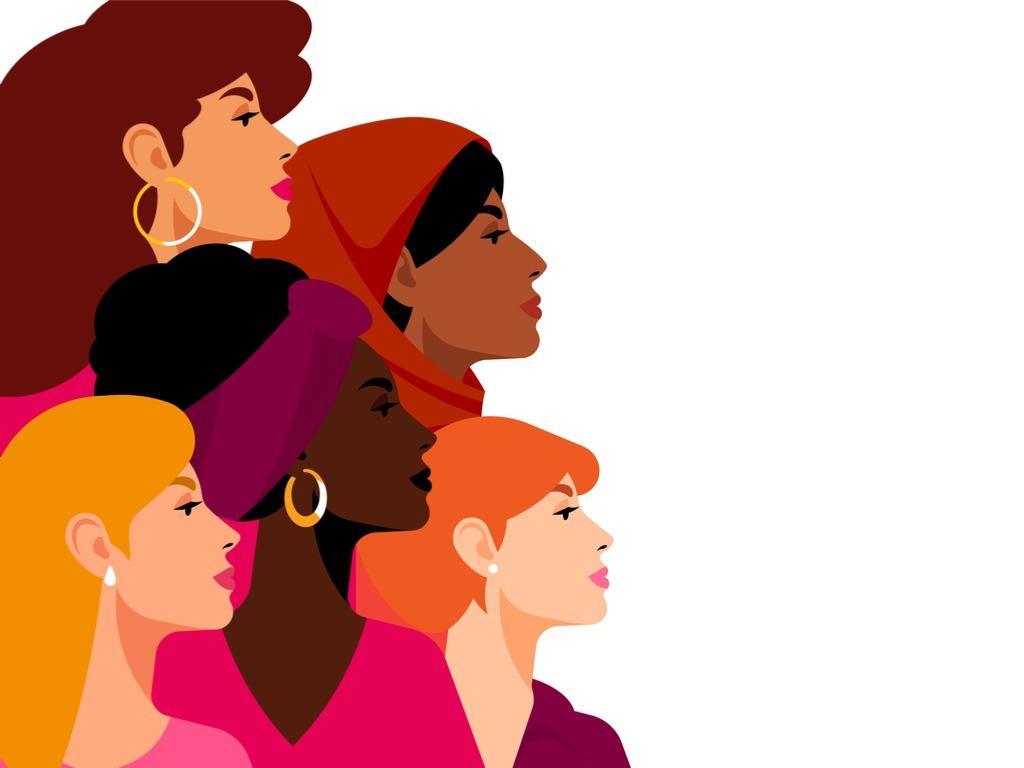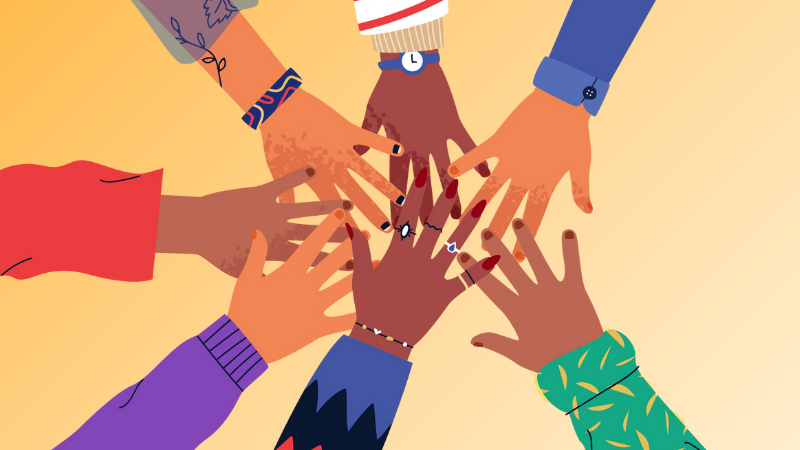Celebrating and Improving Women’s Equality

Key Takeaways
- Women’s Equality Day commemorates the 19th Amendment, which granted some women the right to vote legally in the United States.
- This celebratory anniversary invites us to recognize progress and look honestly at how we define equality.
- It is up to leaders to facilitate and nurture ongoing discussions about diversity, equity and inclusion that balance the realities of history with firm plans to move forward.
All women leaders are treated and paid the same wages as their male counterparts across industry and location. They are seen not for their gender but their contributions. There remains no inequality across any gender identity, in fact. It’s laughable and outdated to think of a thing like misogyny, pay inequality or sexual harassment at the workplace or in our society at large.
Today is a good day for leaders at all levels and of all genders to imagine what the world would look like if these statements were true.
August 26 marks Women’s Equality Day, commemorating the 19th Amendment that gave some women the right to vote legally in the United States. This day is a cause for celebration and also study, especially for those in leadership roles. We recognize such days in our history for two reasons: to recognize humanity’s steps forward and to take stock of reality and where we are today.
The recognition of the effort that went into this the 19th Amendment is more complicated than a simple checkbox in the humanity column. One reason is that though some women were technically allowed to vote, only some Black women living in certain states were able to vote. In the South, in particular, there were still state laws, let alone abuses that kept Black Americans from the polls. All women could not truly vote until the 15th Amendment was passed in August 1965.
Monumental and sustained effort was required for any woman to gain the right to vote after first losing it. In fact, when the United States Constitution was established, the U.S. government did not clearly outline who had the right to vote and instead left it to the states, which meant some women and free Black men were technically able to vote. This lasted until 1806 when New Jersey abolished the provision that any women had such a right, and just like that, no women in the states could vote for the next 114 years.
But voting was just the tip of the iceberg. At the same time, women could not own property, pursue higher education nor leave a marriage. It wasn’t until women were able to pursue education, in fact, that they began to organize communities and advocate for their rights in an orchestrated manner.
When we put into perspective the number of years since women began to earn the right to vote, it’s interesting to measure both progress and lack thereof. Women’s equality is something that is often measured in terms not only their ability to vote in leadership elections but to occupy varying leadership roles. It was a truly groundbreaking day that Kamala Harris, the daughter of Indian and Jamaican immigrants, accepted the first female vice presidency, making her the highest-ranking female official in U.S. history less than six decades after all Black women earned the right to vote.
Women are occupying far more leadership roles in general, and women are pursuing roles higher education in numbers greater than that of their male counterparts. Meanwhile, a recent research study by HolonIQ, a firm that specializes in education data, reported that while women in the U.S. held 49.7% of all tenure-track positions in 2018, they held only 39.3% of actual tenured positions, marking a drastic shift in job security and equal pay.
When it comes to the entrepreneurial space, only 14% of U.S. startups had a female CEO in 2020, and if we take a glance at the corporate world, we see that only 41 of the Fortune 500 companies has a female CEO in 2021. This is a slow but notable climb from the two women who held positions on the list in 2000.
And while stats will not fix injustices, they can inform a clearer measure of progress for leaders to assess in a society aiming toward equal opportunity and, thereby, gender equality. Voting is a single right that all women now theoretically have in our country. But our current ability to measure demographic information allows us view, quite plainly, equality gaps that come with practices such as gerrymandering that still keep certain voters from easily exercising their rights.
While challenges remain steep, it’s also worthwhile to spend time looking at how much women have been able to accomplish in upwards of a few generations.
As more women take the helm of leadership roles, there will be a day in which the first paragraph of this article rings truer than not. We, as a society, are capable of this. But until then, leaders at all levels must facilitate and nurture community discussions about diversity, equity and inclusion that support a new world, one in which the stats to start reflecting true equality for those who could not hold their own bank accounts 70 years ago, let alone cast a simple ballot.
References
HolonIQ, “Women CEOs & Leaders. The Global State of Play.”
Sherif, Sue. “Before and After the Nineteenth Amendment.” Member of the League of Women Voters. Alaska Historical Society.
Waxman, Olivia B. “’It's a Struggle They Will Wage Alone.' How Black Women Won the Right to Vote.” Time Magazine.


